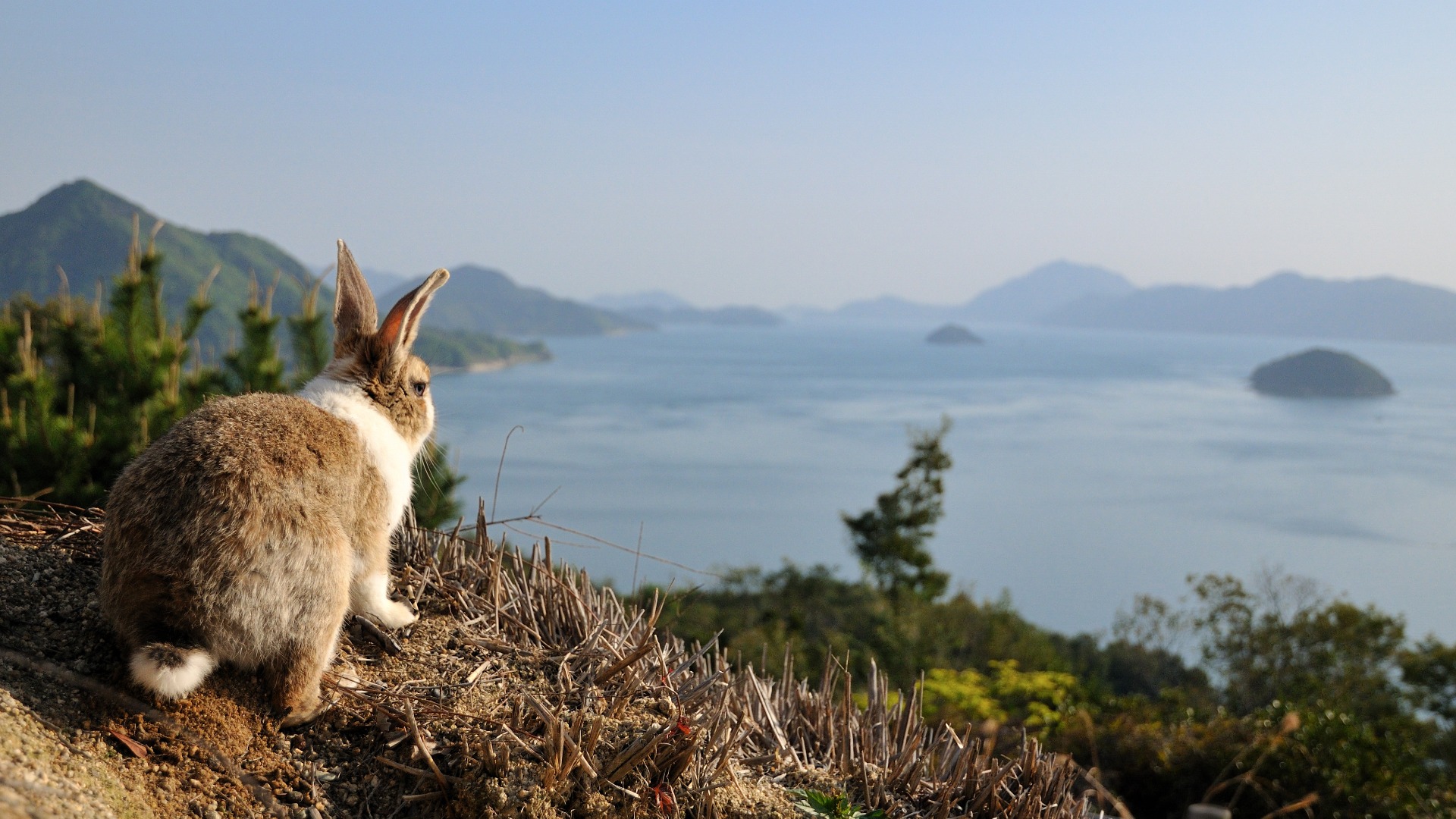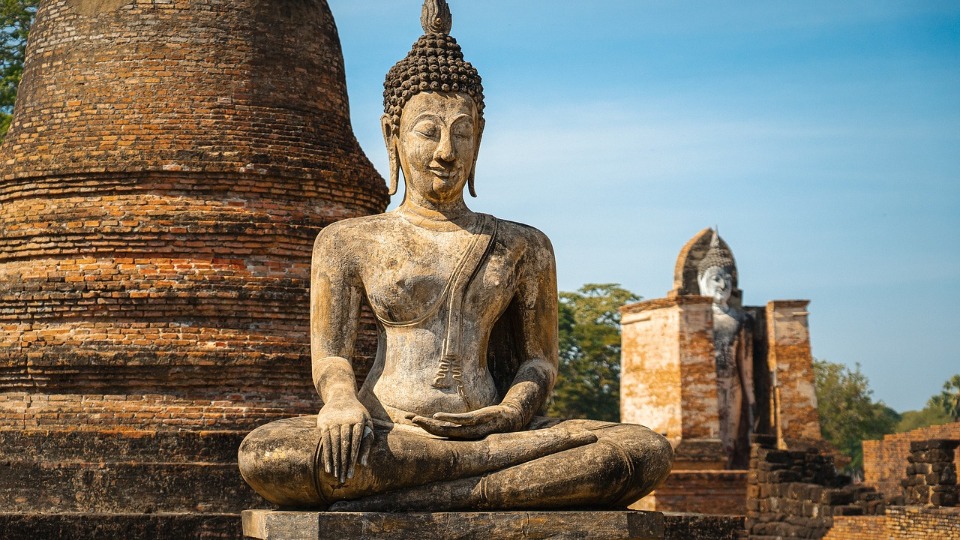
Okunoshima's Famous Hundreds of Rabbits Are In Danger

There are 900 wild rabbits on Japan's 'rabbit island,' but the island's adorable rodent population is in danger because visitors have brought too much food.
As a result, there has been an increase in predation on the "rabbit island," which is a renowned Japanese tourist destination. Rats, birds, and wild pigs from other islands are feasting on leftovers from tourists. While Okunoshima's 900 rabbits aren't native to the island, they nonetheless bring in a whopping 100,000 visitors each year, earning it the nickname "rabbit island."
Located just a little over 70 kilometres from Hiroshima, the island is popular with visitors who come to enjoy its beaches, hot springs, and, most significantly, its cute wild rabbits. However, the island is now in danger of losing all of its big-eared inhabitants.
As visitors to the island have been bringing much too much food to feed the rabbits, they have also frequently abandoned the leftovers. Predators from other coastlines have been swarming to the remains. Several of the bunnies are now sick and malnourished since so many people have disregarded the municipal administration's feeding standards. Several visitors mistakenly give lettuce and carrots to the animals, instead of the pelleted food, grass, and veggies they should be consuming.
The island's endangered rabbit population now has to compete with smaller species for food and with larger species for survival due to the influx of aggressive fauna including rats, crows, and even wild boars.
Professor of cultural anthropology at Tokyo University of Information Sciences Kevin Short explained that the "jungle crows" are the greatest threat to rabbits because of their reputation for aggression, as they would have no issue killing a young or fragile rabbit, or even swallow a newborn rabbit completely. Nevertheless, Short clarified that rabbits are also not endemic to Okunoshima, as the island was formerly home to a facility that produced poisonous gases for use in warfare in the early 20th century. It wasn't until the 1970s when rabbits were seen in the area.
Some researchers have hypothesised that the current population of wild rabbits is derived from a group of eight rabbits let free by children in a school yard in 1971. Some people think the rabbits' progenitors were used as test subjects during the Second World War.
Moreover, Short speculates that the rabbits, like the other predators in Japan, would be considered an invasive species if not for their cuteness and the significant economic impact they have on the local economy.
Source: msn.com








